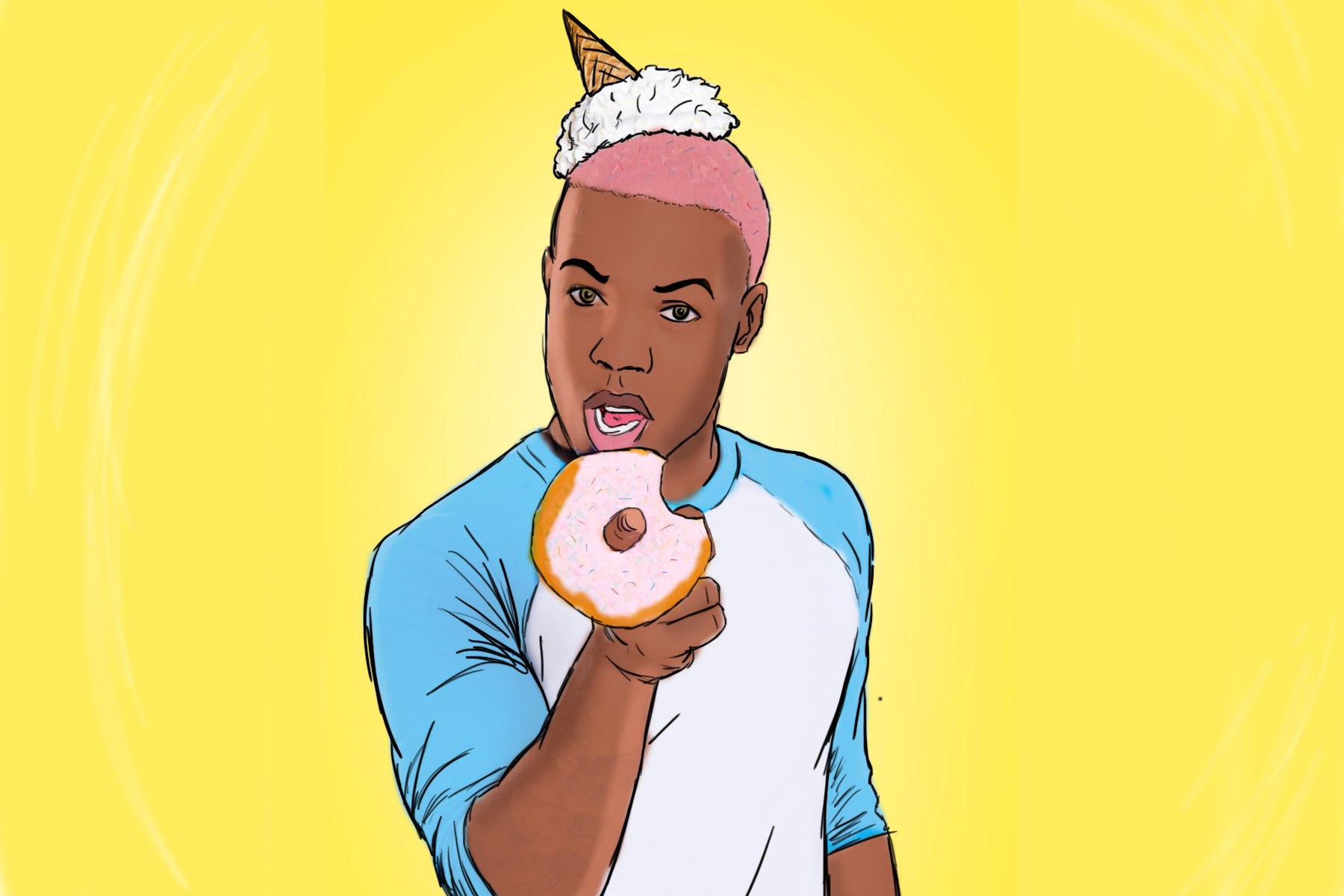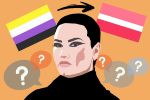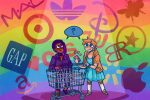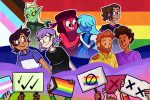When someone hears the term “visual album,” they’re more than likely think of Beyoncé’s 2016 visual album, “Lemonade.” The internet ate every bit of that masterpiece up, especially because it was by none other than Queen B. At the time of its release, there weren’t many visual albums to compare it to, thus leaving the stakes for other releases extremely high.
So, when YouTube star Todrick Hall started releasing his own visual albums, he had a lot to live up to. Even though his albums aren’t sweeping the internet with the same force that Beyoncé’s had, they didn’t fall short of expectations either.
Some would argue that the two are incomparable, considering that Hall’s visual albums have an entirely different focus. His albums give support to the LGBTQ+ community, and, therefore, they fall into a category outside of the mainstream visual albums that many already know.
For example, his first release, “Straight Outta Oz,” tackles some pretty hard-hitting truths about not only Hall’s upbringing as a young and closeted gay black man, but experiences and feelings that any young LGBTQ+ individual can face. The visual album, whose theme heavily echoes the classic film “The Wizard of Oz,” begins with a homage to the original movie.
The first track, “No Place Like Home,” is a chilling ride as Hall takes you with him on a hot air balloon journey. The video portion of the song is chock-full of original “Oz” character references, including the brainless scarecrow, cowardly lion and heartless tin man, but what really hooks you is the lyrics, which are far more important than they seem upon first listen.
The deepest lines in the song are when Hall touches on what a “home” looks like for some and not for others: “Home is where your deepest scar is / Society will try to cast you where they think your part is.”
Sadly, these lines hold much more weight for many LGBTQ+ youth because they easily relate to the circumstance where they are not welcome in their own home. Once some people come out, their families stop accepting them and don’t want them in their home, which is why many LGBTQ+ people are so welcoming to others who understand them and have experienced the same problems.
“Straight Outta Oz” continues on a more personal track for Hall, because the slew of songs in the visual album are completely about him and how he was raised. He transforms each classic reference into a crazy new idea but still keeps them catchy, modern and interesting.
For example, for the iconic color scene in “The Wizard of Oz,” he wrote a song titled “Color,” which was a story about one of his first loves who brought color to his life. The color theme also went along perfectly with the overarching theme of LGBTQ+ support, as the rainbow-colored gay pride flag is the most recognizable emblem of the community.
One of the many ways that Hall was able to get great support from LGBTQ+ people for his visual album was featuring drag queens. They have always been around, but there is an evident lack of drag queens in the popular media. Because Hall was able to get ahold of many queens and do drag himself, a whole new perspective was given to a creative remake of a well-known film.
If you thought that “Straight Outta Oz” was quite peculiar, then brace yourself for Hall’s second visual album, “Forbidden.” The basis of the film is that there is a new country called Nacirema (American spelled backwards), and the consensus in the society is that everyone is gay or lesbian and blacks have more power over whites, because the minority is turned into the majority of the town. If you were caught in public in heteronormative actions, you would be thrown in jail for not conforming.
Rather than playing himself in this visual album, though, Hall created characters for the video to bring the wild story to life. As the main character, Nolon, was growing up, he was pushed to be gay instead of straight. He would get in relationships with other men, but somewhere inside, he knew that it didn’t feel right.
One night when he is at a local diner and the waitress is taking his order, they break into song about something that cannot be acted upon: a straight relationship. They begin to take interest in each other and the relationship is put on the down-low, but the two are eventually caught. Nothing happens to the lady love interest, but as for Nolan, he gets put in jail with the death sentence.
At this point in the album, your heart will be exploding, but mine was even further gone when I made the connection from a song to the entire album. Having a song called “Forbidden” on an album of the same name must carry some significance, right? Toward the end of the album, this song is performed. The whole point of the song “Forbidden,” though, was to prove that “Our love will not be forbidden.”
Now, yes, being gay was the new straight in Nacirema, but that does not take away meaning behind the album as a whole. The idea was solely Hall’s to prove that there is nothing wrong with being straight or not, especially in our reality when being gay in some places is life-threatening.
I’ve heard people wondering about how different life would be if being gay wasn’t something that was frowned upon, or even gotten ideas of what Hall achieved in his second visual album: What if being gay was normal? Hypotheticals like these always leave so much to wonder about, but I think that Hall did a fantastic job at creating his own version of it to show the struggles of being gay in a more well-known context, and that is being straight.
















